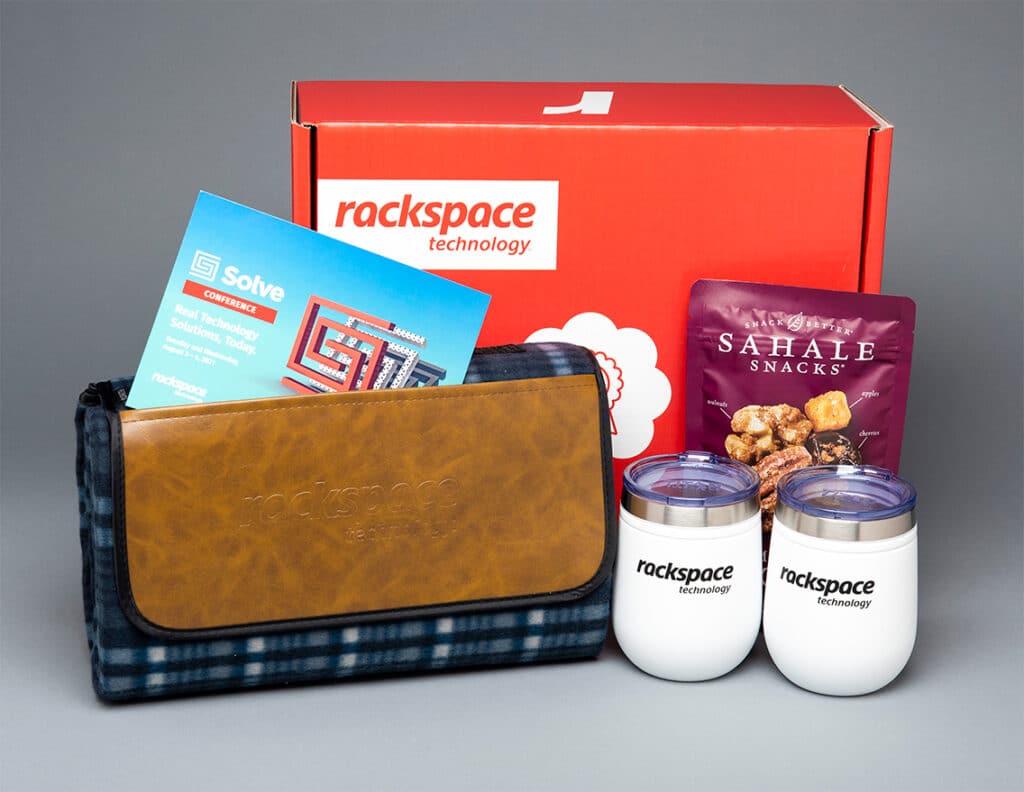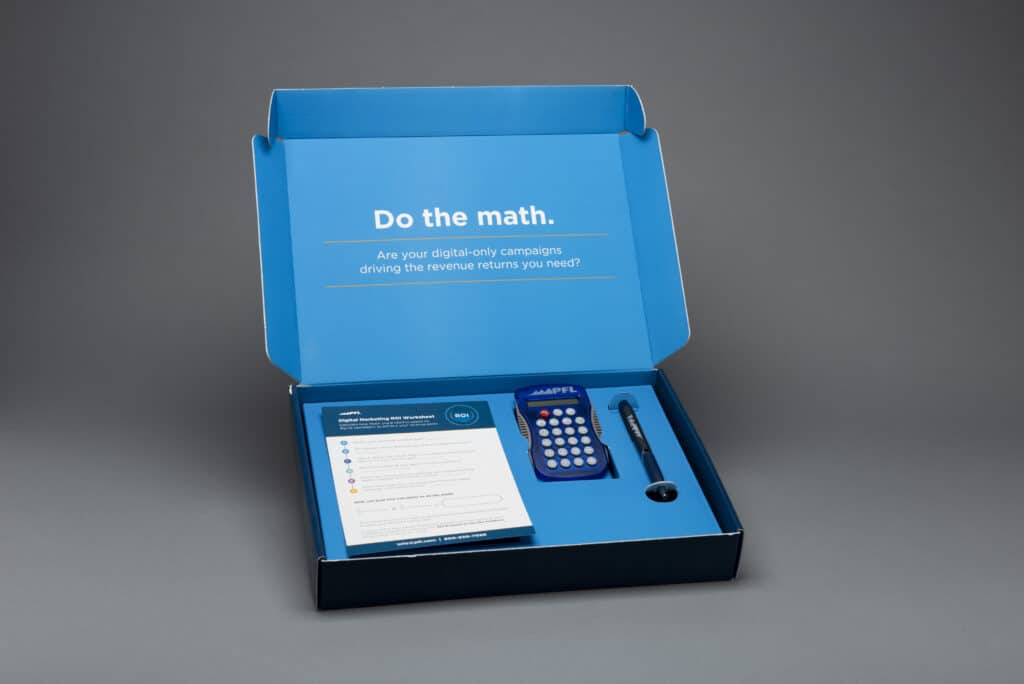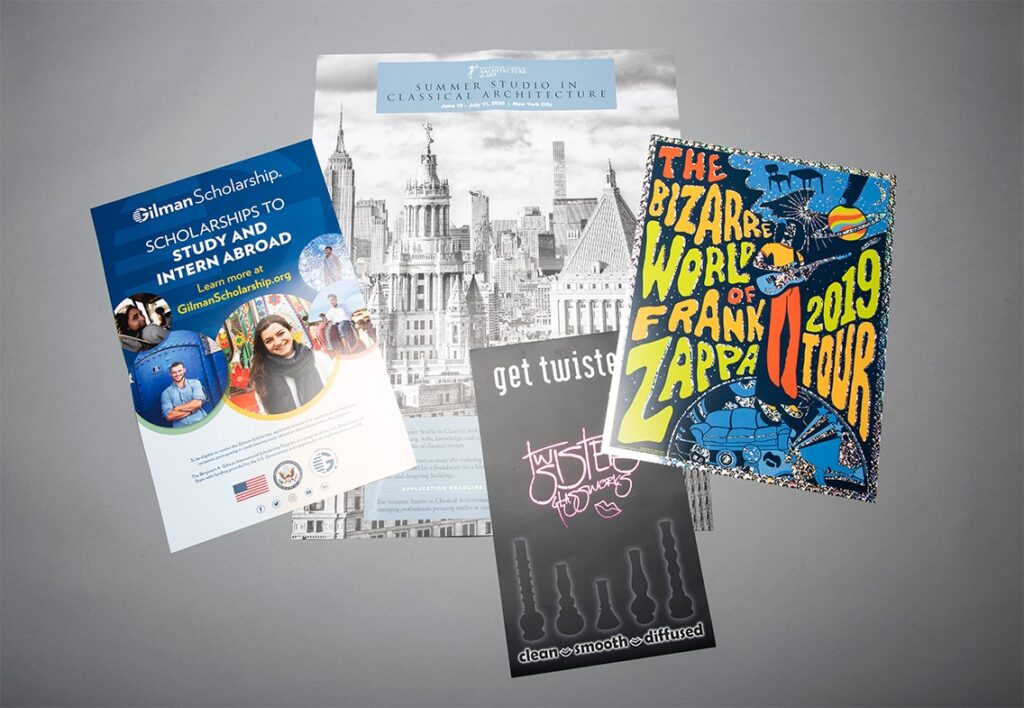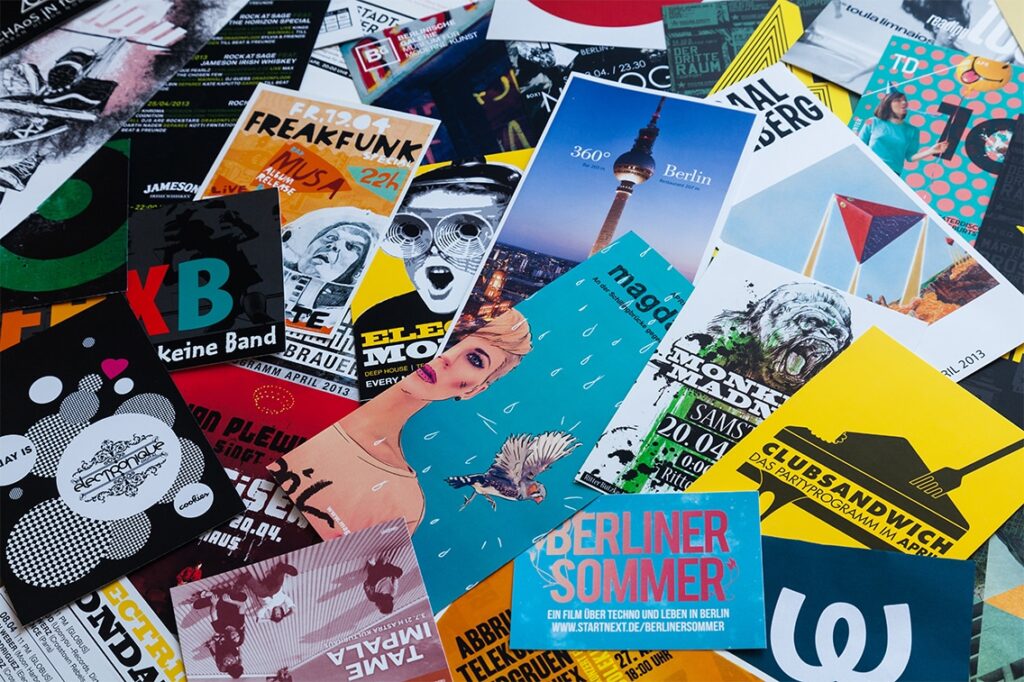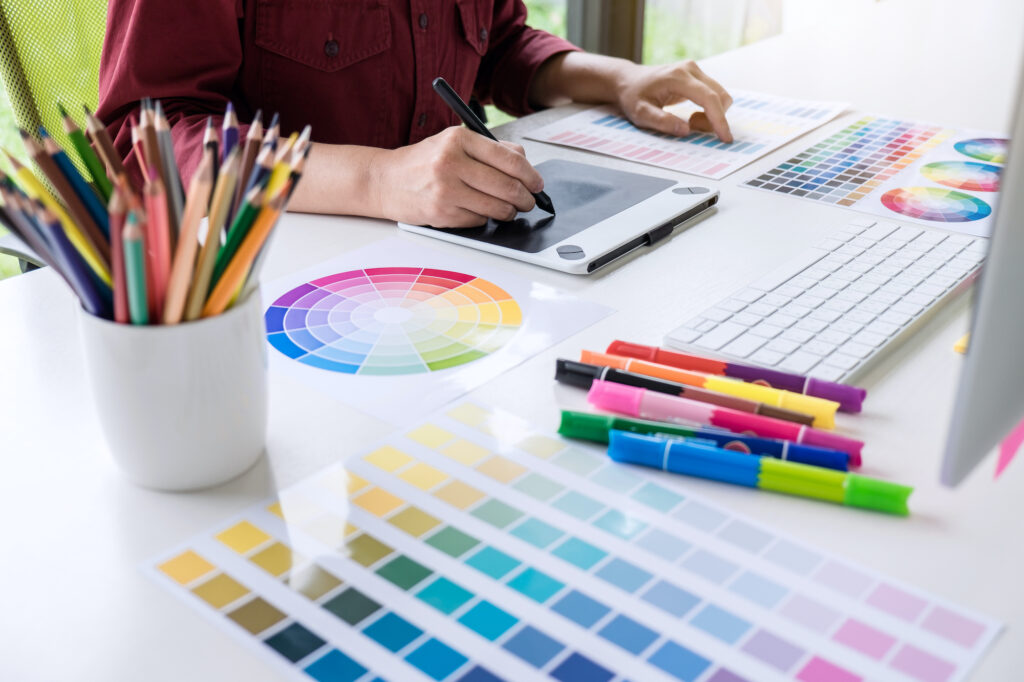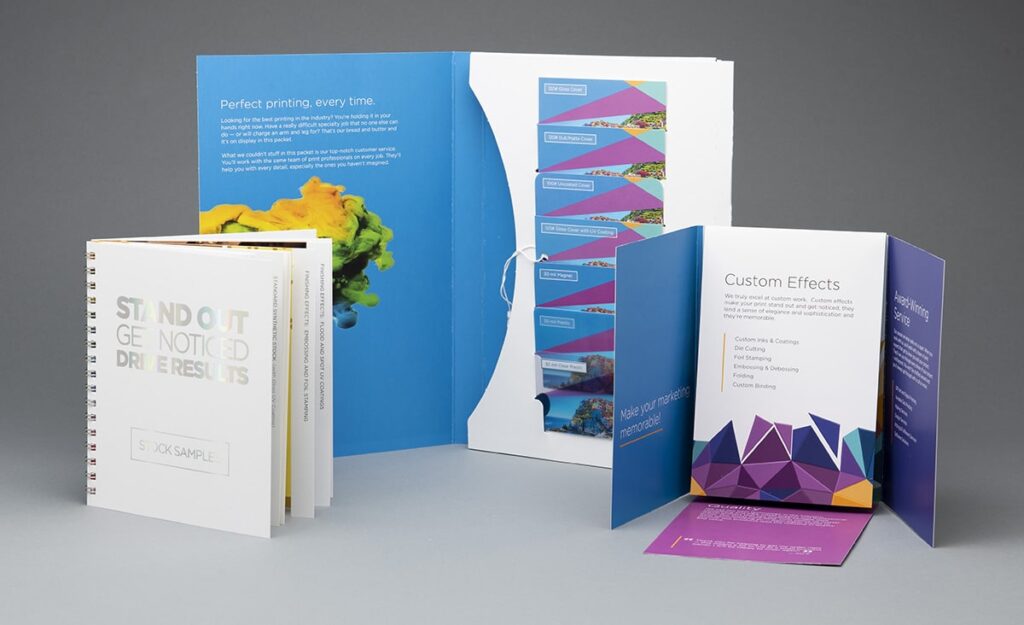
The modern world loves marketing. Well, businesses have always loved marketing but in the digital age, it seems the love has seemingly turned into an obsession as most marketing tactics have moved online. And it makes sense—a lot of us spend a large chunk of our time on social media and checking our emails, so brands will naturally try to speak to us there. That said, we also still live in the real world. We drive past billboards, we ask people for their business cards, and we see flyers in the cafes, restaurants, and events that we go to.
Similarly, your marketing campaigns shouldn’t be solely confined to the digital realm. Doing so means missing huge opportunities to promote your company and resigning your interactions with customers to only the moments when they’re using their electronic devices.
The most effective marketing campaign strategies combine a mixture of online and offline initiatives, ensuring that people cross paths with your messaging as many times as possible, without being overly loud or aggressive. That journey starts with print, and here’s why.
Why Use Print Campaigns?
More than half of people say that they find print marketing to be the most trustworthy type of marketing. Whereas digital marketing can be easily modified according to how people respond to it, print marketing often takes a lot of in-depth research, where brands have to really spend time getting to know their customers. They also have to create and be confident in the campaigns that they deploy in print, especially because it’s expensive and time-consuming to make changes retroactively.
The result is that print campaigns tend to be carefully put together, based on a lot of background knowledge, and extra creativity. Compared to a website or email format, where brands are confined to a digital platform, print campaigns have total freedom when it comes to aesthetics.
We’re not saying that print is the only way forward—digital campaigns are undoubtedly impactful too—but that print campaigns are a springboard for any comprehensive marketing strategy. As our National Account Executive, Tyler Diebold, says “creating a multi-channel campaign that includes print is the best way to set yourself apart from others.”
Ways to Incorporate Print in Your Campaign
Nathan Gardner, another National Account Executive on the team, explains that print campaigns should be part of a larger campaign. “It’s unlikely that you’ll see a high ROI from sending one set of postcards, but if you create a list of highly desirable prospects, target them with multiple channels of marketing and send them engaging content—and you’ll see results.”
So, let’s put things into context. Say a company is targeting insurance agents in the US. They send 10,000 postcards to agents asking them to scan a trackable QR code and enter their details to view exclusive content. With this information, the company can send engaged prospects emails and newsletters, or contact them via phone. From here, they can then mail the top 1-2% of insurance agents a branded kit with printed goodies. This entire funnel gives the company a competitive advantage because they’ve invested in the best-fit prospects both online and offline and have shown their value with unique rewards.
The Benefits of Print Campaigns
There’s no shortage of perks when it comes to print campaigns. Not only can print techniques be seamlessly integrated into people’s daily lives, but they do so while also capturing people’s attention. Think of it like when you get a surprise letter in the mail—it’s not uncommon to get a letter, but when it’s personalized, it feels like the sender has really thought about you, and that memory sticks in your mind.
Tyler breaks things down further by saying that “you’ll likely catch more of a prospect’s time in a print marketing campaign.” In the over-saturated digital space, people’s attention spans are shorter than ever, and a digital ad can easily be skimmed over. A physical print item, however, demands more time. People tend to read what they have in their hands or something that addresses them directly in the offline world. Print marketing has a special way of, in Tyler’s words, “cutting through the digital clutter”.
Who Should Use Print Campaigns?
There’s enough print for everyone! In the same way that businesses across all industries can use digital campaigns, any company can tap into the world of print marketing too. Naturally, software and tech-based companies prefer to use print in tandem with multi-channel campaigns, but they generally find that their print approach really resonates with users because it’s different from what they expected.
Tyler also recommends print campaigns for companies that cater to a specific area like landscaping, restaurants, or businesses that can use local mail services to reach people in a timely manner. Additionally, healthcare companies pair well with print marketing because they can send important information directly to large groups of people, including demographics that may be most at risk but don’t go online much.
In short, a successful marketing campaign needs to make space for print. Print tactics add that little layer of care and customization that makes a brand remarkable.
So, are you ready to make strides in your print campaign? Check out our direct mail services, and discover how we can help you create an ROI-positive plan for your next marketing strategy.

